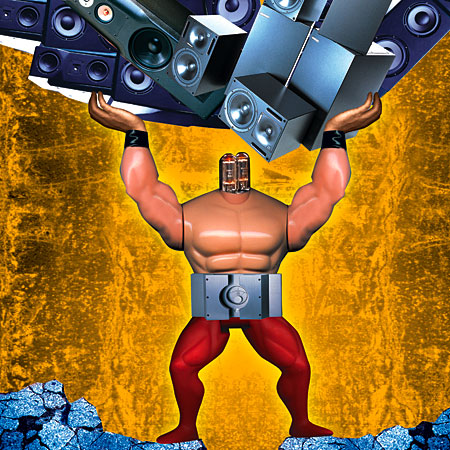I hope this simple question won't offend those more experienced than I.
I (think) I understand that speaker impedance can be construed as speaker resistance. So, I can understand why, as impedance is reduced, amplifier power appears to increase, and why too low an impendence will appear to the amp as a short, so that is to be avoided.
My questions in this regard are: if all I just assumed is true (correct), then:
1) Why do higher impedance speakers always seem to "get along" better with many amps, and
2) Why do tube, but not transistor amps, have multiple speaker impedance connections? Wouldn't this benefit transistor amps as well as valve circuits?
Thanks in advance for any feedback/advice.
I (think) I understand that speaker impedance can be construed as speaker resistance. So, I can understand why, as impedance is reduced, amplifier power appears to increase, and why too low an impendence will appear to the amp as a short, so that is to be avoided.
My questions in this regard are: if all I just assumed is true (correct), then:
1) Why do higher impedance speakers always seem to "get along" better with many amps, and
2) Why do tube, but not transistor amps, have multiple speaker impedance connections? Wouldn't this benefit transistor amps as well as valve circuits?
Thanks in advance for any feedback/advice.















